Computation and Construction in Architecture (CoCoA) Lab
School of Architecture, Design and Planning
School of Architecture, Design and Planning

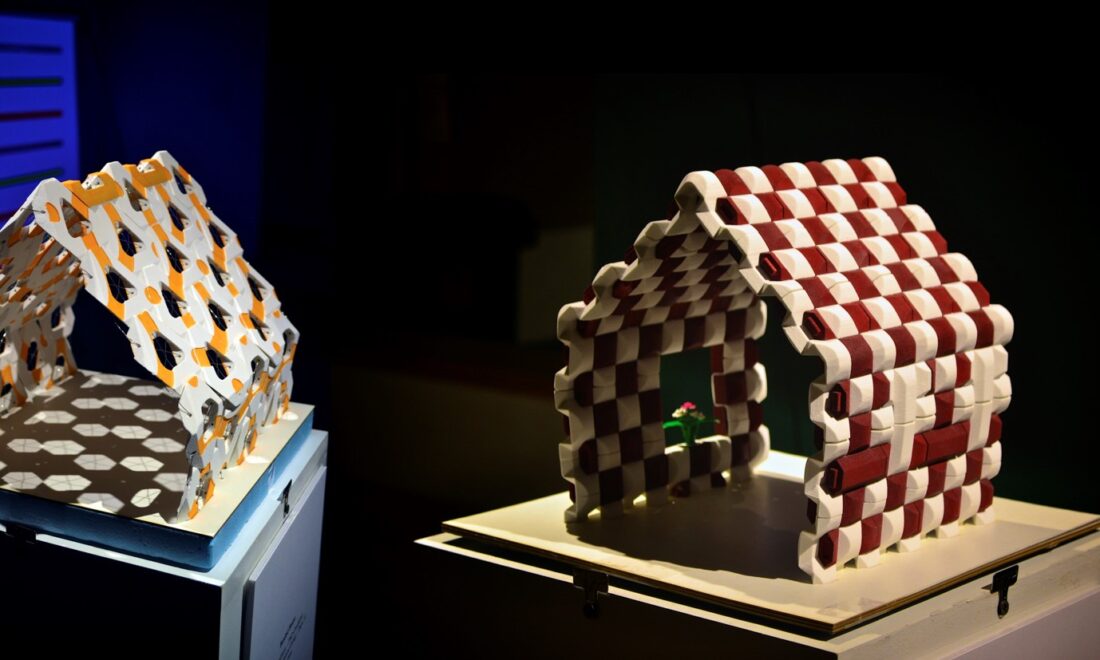
New construction method with minimum nails and mortar requirement were generated from beading (left) and weaving rules (right)

Passura engraved in Toraja’s traditional house (Tongkonan)
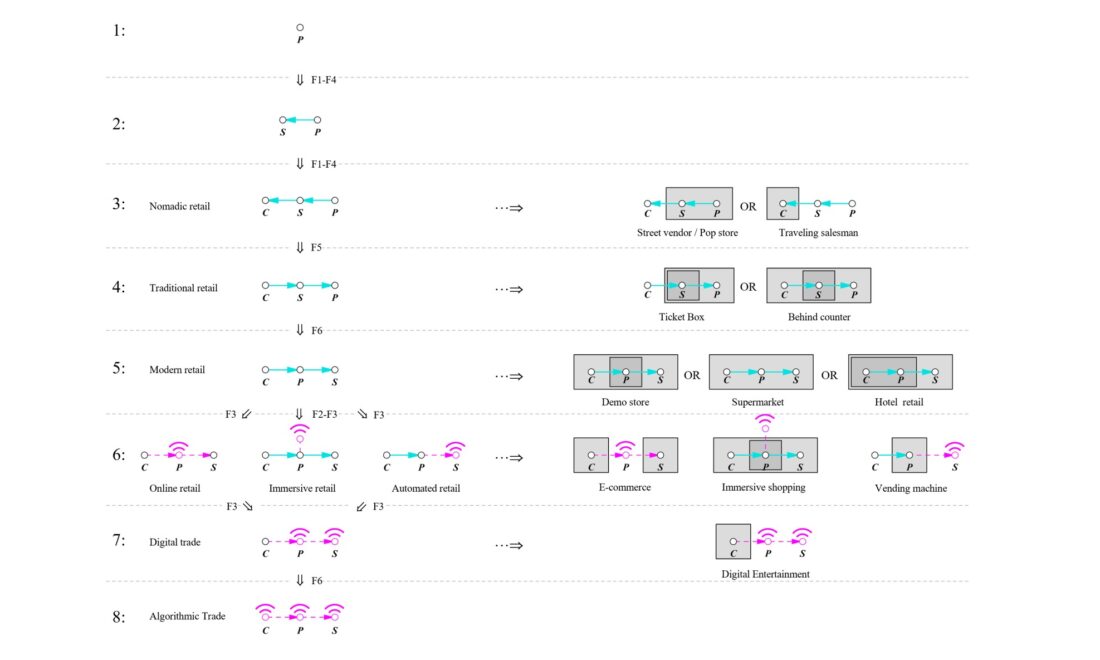
Trade flows and retailing types from experience grammar. P = product, S = seller, and C = customer
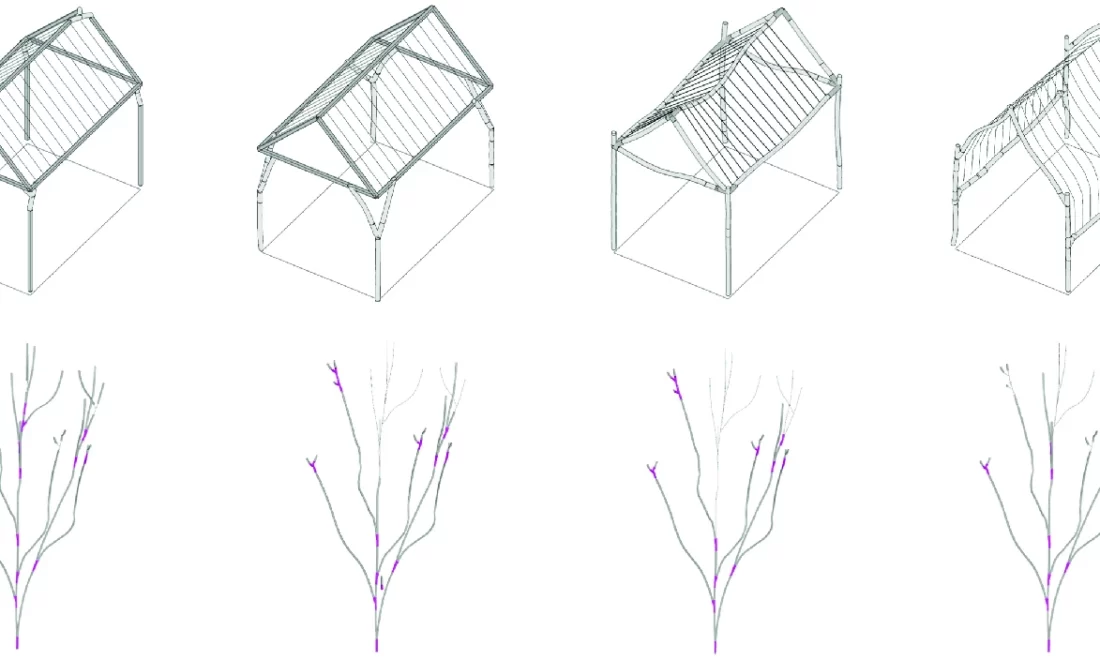
Hybrid approach to utilizing the tree’s geometry and manufactured timber in design.
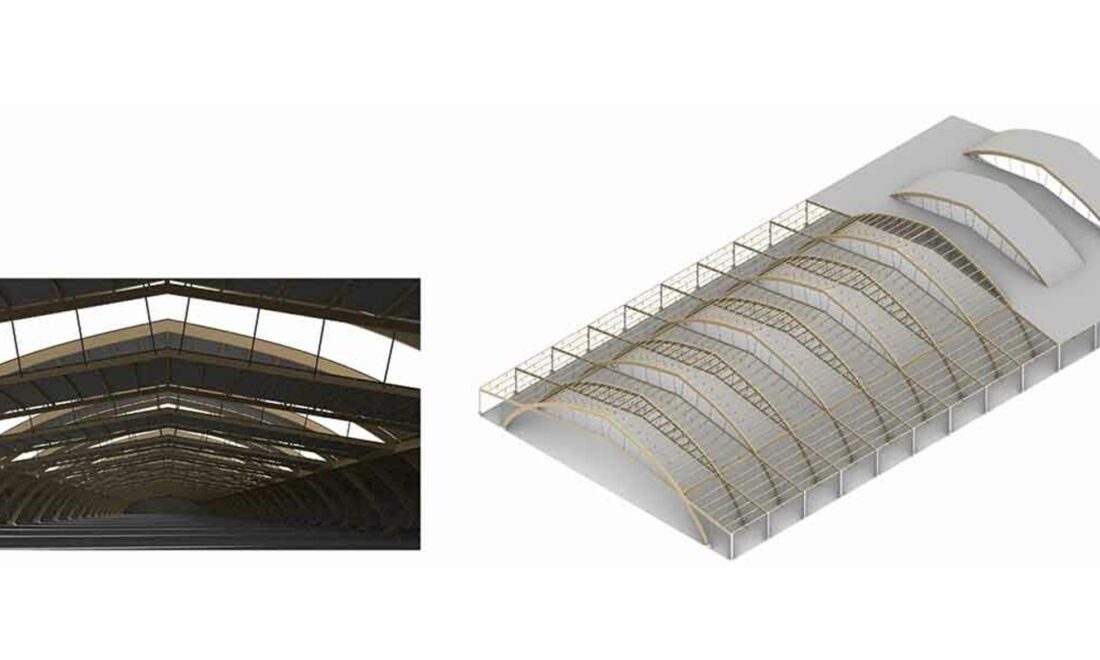
Symonds factory in Homebush, NSW.

Villages position relative to the north–south axis, access, slope, and waterways.

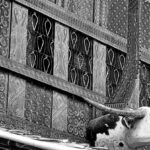

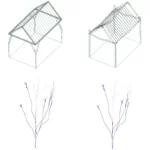


The degree of complexity in tacit design, either in small-scale individual production such as traditional craft or collectively at large scale as in a settlement design, has never been easy to measure. Yet, our built environment is predominantly shaped by implicit knowledge and unspoken activities, either in formal or informal setting. This research stream considers both implicit and explicit reasoning is necessary to learn design and making principles from tacit knowledge, either from an individual and/or a group of people.
Ethnocomputation provides a procedure for researchers and designers to develop an analytical framework in observing implicit knowledge and representing the findings explicitly, more accessible for a wider audience, and transferrable for different applications across scales. A series of projects demonstrate these procedures.
Computational Making projects exemplify an analysis of traditional design making, particularly in observing exchanges between the makers and the objects. Findings from this observation are represented into a set of design logic, for others to sustain the tradition or inspire novel design and construction approaches.
In Computational Making, new making ideas can be generated from an unlikely source. It enables a designer to transfer principles from one craft to another, such as converting a weaving configuration into novel tensegrity structures. When two crafts are linked, both can be developed in parallel. For instance, when one invents a new weaving style, at the same time, it also adds a new kind of tensegrity style.
Ethnocomputation study on modes of occupation includes an analysis of a settlement’s development and users’ occupying pattern. Particular attention is paid to how users’ values and traditions intermingle with a pragmatic approach in adapting to the surrounding environment.
Our study configures a rule-based framework that incorporates man-made and natural elements with interdisciplinary references to avoid bias toward exotic appearance (e.g., an artifact’s age, aesthetic, and rarity). Occupational logic and parameters that regulate a settlement development pattern are induced from primary data and empirical analysis to predict the settlement pattern in the next stages.